
Statistical Data Analyst , Statistical programmer, Applied statistician & Bio-statistician. NO private Messages please .
How to get URL link on X (Twitter) App

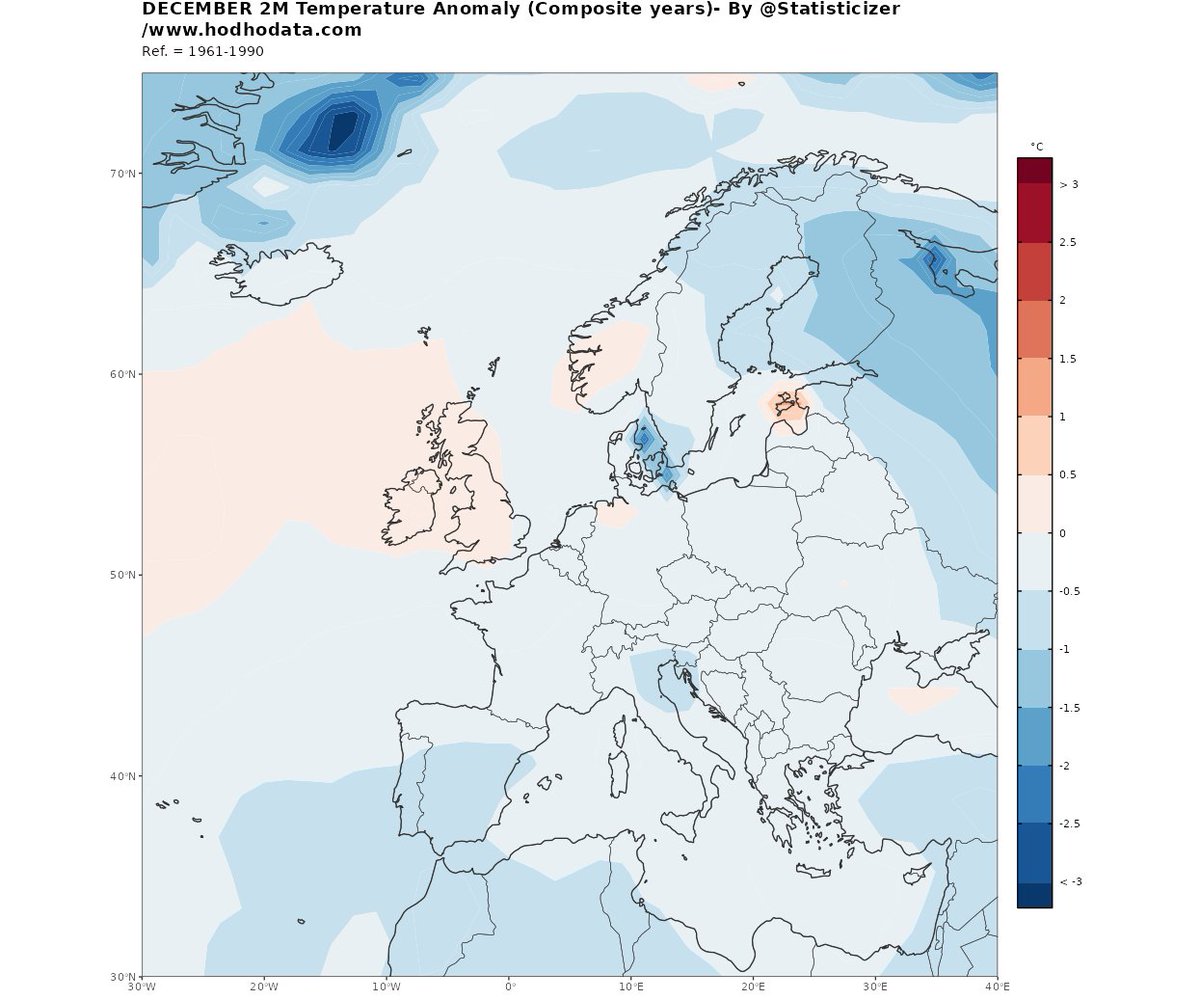

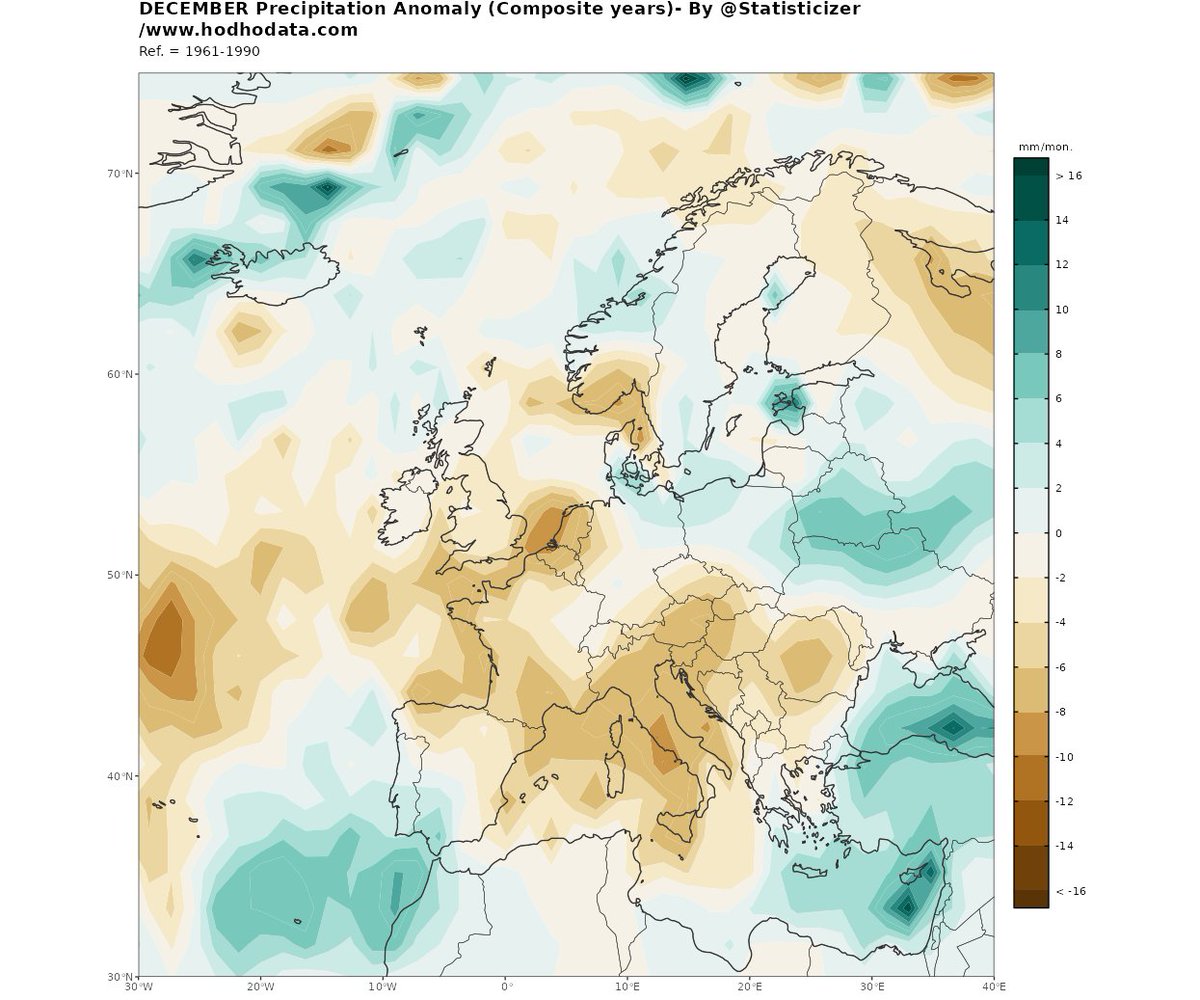

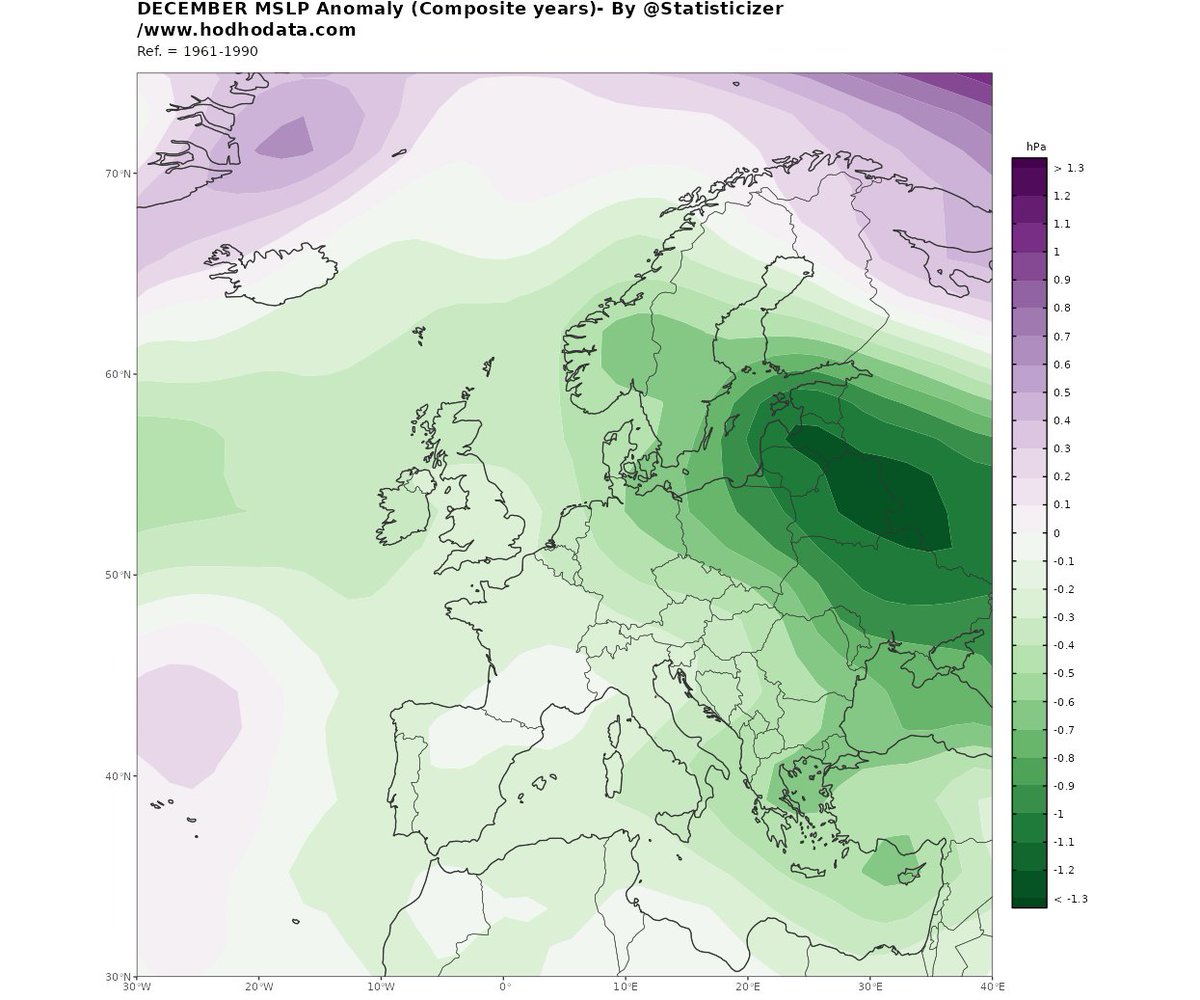 This is an AI summary for climatic teleconnectivity patterns for December. Use these information as a general qualitative guideline along with NWP models views as we delve closer to December. I will be posting more weekly based composites for the same regions as I can when we are near December. Store rainfall water if you can from November. Southern Atlantic storm track is likely for DECEMBER.
This is an AI summary for climatic teleconnectivity patterns for December. Use these information as a general qualitative guideline along with NWP models views as we delve closer to December. I will be posting more weekly based composites for the same regions as I can when we are near December. Store rainfall water if you can from November. Southern Atlantic storm track is likely for DECEMBER.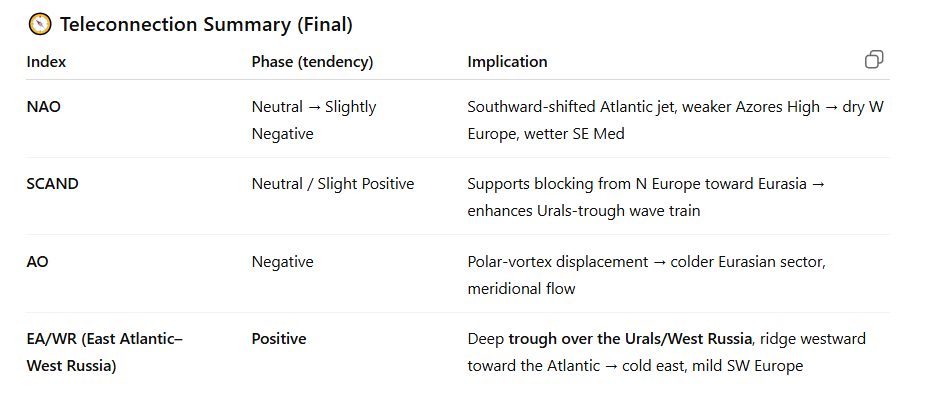



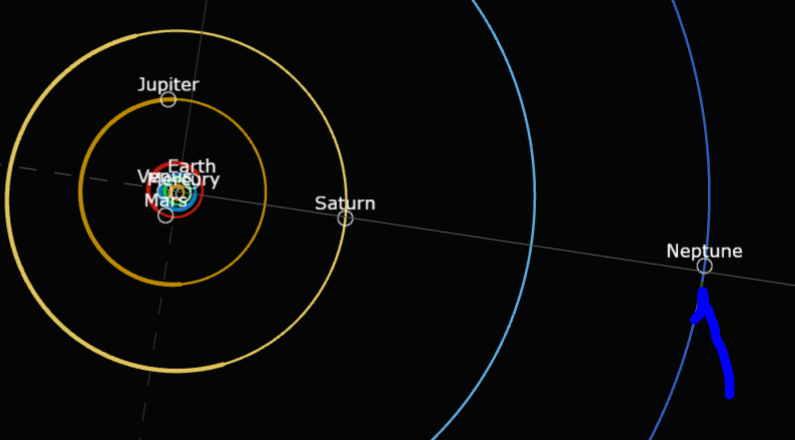
 بالعربية : 🌋 النظرة الاحتمالية للنشاط البركاني — من أكتوبر إلى نوفمبر 2025
بالعربية : 🌋 النظرة الاحتمالية للنشاط البركاني — من أكتوبر إلى نوفمبر 2025